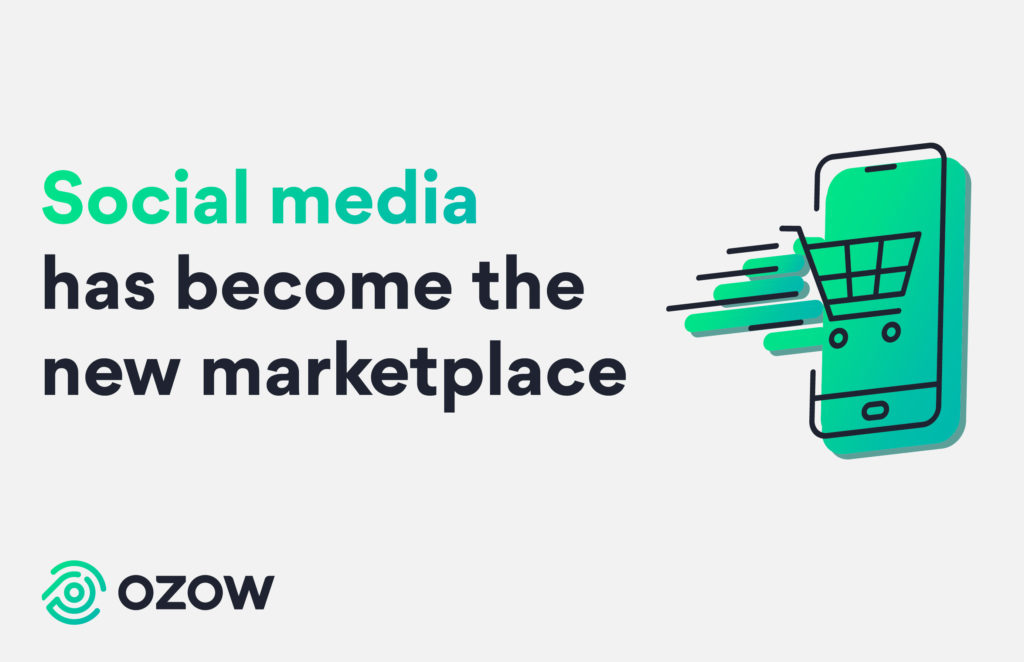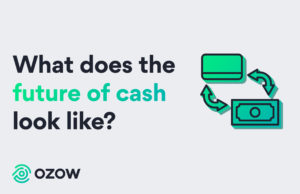Since the late 2000s, social media has become an integral part of our daily lives – whether to connect with friends and family, share information with others, or stay updated on the latest news and trends.
With an average of 3.5hrs spent on social media each day by South Africans, according to the latest stats from Hootsuite, it is no surprise that these networks have become the new marketplace for consumers.
Coined social commerce, social media platforms have introduced shopping portals and added functionality to allow people to buy and sell goods directly off their platforms. Facebook, Instagram, Twitter, Pinterest, and even TikTok, have capitalised on this trend by introducing social commerce on their channels as a new way for people to buy and sell goods online.
The move has helped to redefine where and how people shop.
Younger consumers driving social commerce
While the pandemic has amplified the usage of social commerce, Gen Z (aged between 9-25yrs) and Millennial (aged between 16-40yrs) consumers have been using social media for years as a source of information on products and services that they are considering using.
Combined, the Gen Z and Millennial generations have fast become the largest consumer generation in history. In South Africa, this equates to 73% of our population – a powerful consumer base online.
With Forbes citing that 40% of all shopping is currently being done by Gen Z alone, retailers would be foolish to underestimate the power that social media wields on their bottom line.
Benefits of social commerce
There is tremendous value in businesses using social commerce to sell their goods and services. Social commerce acts as the perfect gateway to more formal eCommerce platforms that they may use in the future.
According to a recent study of 23 African and Asian countries, which was conducted by the United Nations Conference on Trade and Development (UNCTAD), it found that 58% of businesses that sold primarily through their own eCommerce channels saw a drop in monthly revenue during the Covid-19 pandemic.
In comparison, businesses that used third-party marketplaces and social channels saw a collective increase in sales of 64%.
Social media is here to stay. For brands, being on these platforms is more than just a marketing exercise… it’s smart business.





